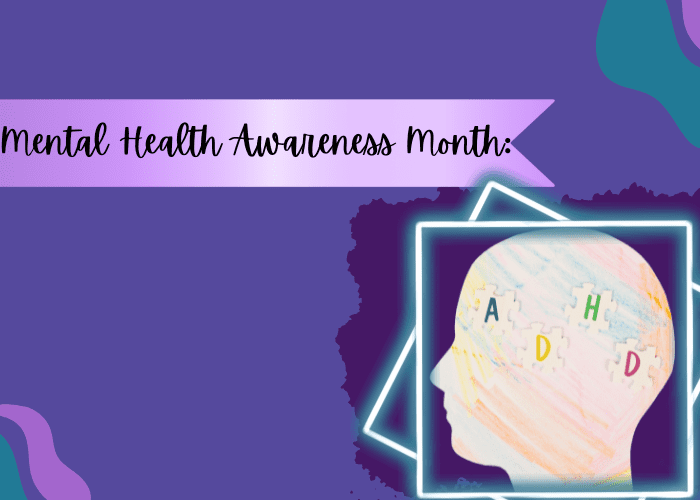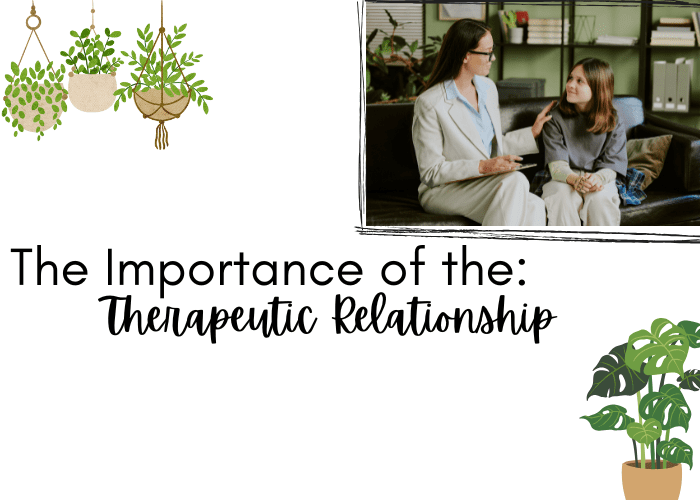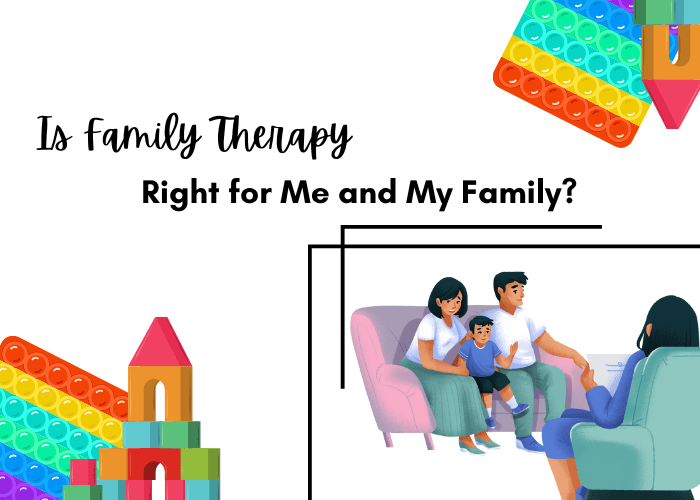
Attention-deficit/hyperactivity disorder (ADHD) is a common neurological condition that affects many children, teens, and even adults. There are many misconceptions about what ADHD is and what it isn’t. For Mental Health Awareness Month, we’ll be discussing ADHD this week!
What IS ADHD?
Attention-deficit/hyperactivity disorder is a behavioral and neurological disorder that manifests in many different ways. It appears in childhood, usually early childhood, and while it can remit on its own after puberty, it often is a life-long condition. So, despite the common idea, many children with ADHD become adults with ADHD. And it is something that can affect adults just as much as it affects children.
What Does it Look Like?
This disorder can be broken down into four main categories: hyperactive, inattentive, combination, and unspecified. In hyperactive ADHD, you usually see the “classic” manifestation of what most people think of. It involves impulsivity, a difficulty sitting still, and in children it can be seen as behavior that is disruptive or problematic, especially in classrooms.
Inattentive ADHD involves difficulty concentrating, memory problems (due to concentration problems), and can be seen as someone who isn’t “paying attention” or may be “daydreaming”. This is not often recognized as ADHD in children, and these children tend to be underdiagnosed. Often, these are the ones who get diagnosed as adults.
With combination, we see aspects of both inattentive and hyperactive ADHD. These children are also underdiagnosed and often become diagnosed as adults, if at all, because their hyperactive behavior is often not seen as ADHD.
In unspecified, the general idea is that someone is clearly showing signs of ADHD, but it is difficult to determine which type.
Who Gets ADHD?
Anyone can develop it, however it seems to have a strong hereditary component. Children born to families with other members that have ADHD are more likely to develop it. However, this doesn’t mean that just because a parent has ADHD that their children absolutely will have it! It just raises the probability. The important thing to remember is that ADHD can affect people of any gender. While it is more often associated with those assigned male at birth, it could be because they are more likely to develop hyperactive symptoms, whereas inattentive symptoms are more associated with those assigned female at birth.
How is it Treated?
This depends heavily on the severity of the symptoms and how it affects the individual’s daily life. Not everyone needs medication to manage their ADHD. And some individuals cannot take typical medications for their symptoms. Often, a type of stimulant will be used to control symptoms. The most common ones are Ritalin, Adderall, and Concerta. Many teens and adults will also be prescribed antidepressants along with these stimulants due to the high comorbidity with depressive disorders. For individuals who cannot take stimulants, they will often be prescribed non-stimulant medication, such as Intutive, which work to lower heart rate and blood pressure, bringing down impulsive behavior.
Various forms of therapy are also often used to treat this condition. Learning coping mechanisms to help deal with focus problems and impulsivity can help with problematic behaviors, especially for children. In adults, it can also help reduce depressive symptoms as they understand their condition better.
How Do You Get Diagnosed?
To get a diagnosis, it is often required to reach out to a neuropsychologist. You can then get an in-depth assessment meant to diagnose this disorder. It will also help rule out other similar disorders in order to make the diagnosis more concrete.
Mental Health Awareness Month: ADHD



